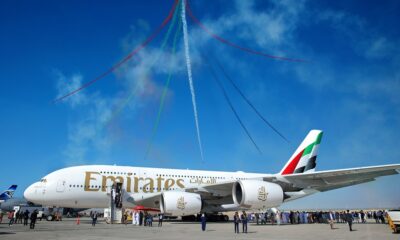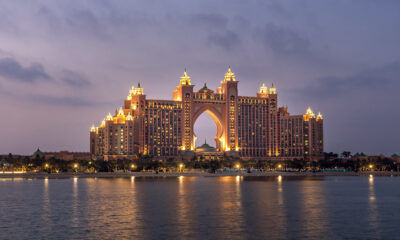Airlines
Emirates Rethinks First Class Exclusion for Airbus A350-900
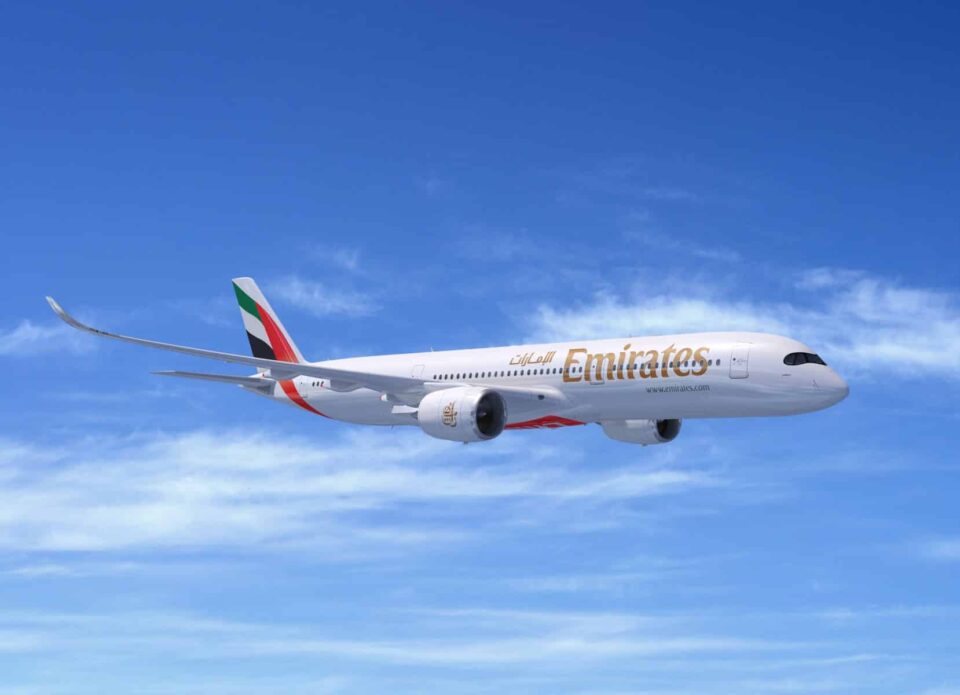
According to reports, Emirates has reconsidered its decision not to add a First Class cabin to its Airbus A350-900 fleet, which it will begin receiving deliveries of early next year.
Airbus has positioned the A350-900 as a high-performing, cost-effective choice for long-haul flights, yet Emirates is now deliberating a configuration shift that could affect the aircraft’s optimal range.
M Zulqarnain B, an Aviation Data Analysis expert on X (formerly Twitter), sheds light on Emirates’ potential decision to introduce a First Class cabin on the first seven emirates Airbus A350-900 jets in their upcoming fleet.
While Emirates has not officially disclosed the details of its A350 configuration, Zulqarnain suggests that the airline is exploring the installation of First Class seats, deviating from the typical layout that enhances the aircraft’s potential travel range.
Notably, these first seven Airbus A350s, bearing Manufacturer Serial Numbers (MSNs) 684, 690, 693, 694, 695, and 696, may not include crew rest compartments.
The absence of crew rest areas may direct these aircraft’s use towards regional routes, where the number of daily flights is more important than the maximum number of emirates flights. This tactical change emphasises flexibility in response to changing route requirements, which is in line with the changing dynamics of air travel.
emirate airline is anticipated to unveil the Airbus A350 seat map shortly, providing insight into the intended layout and possible First Class amenity introduction.

Airlines
China to Design second Phase of C919 Aircraft; Cathay Pacific Shows Interest
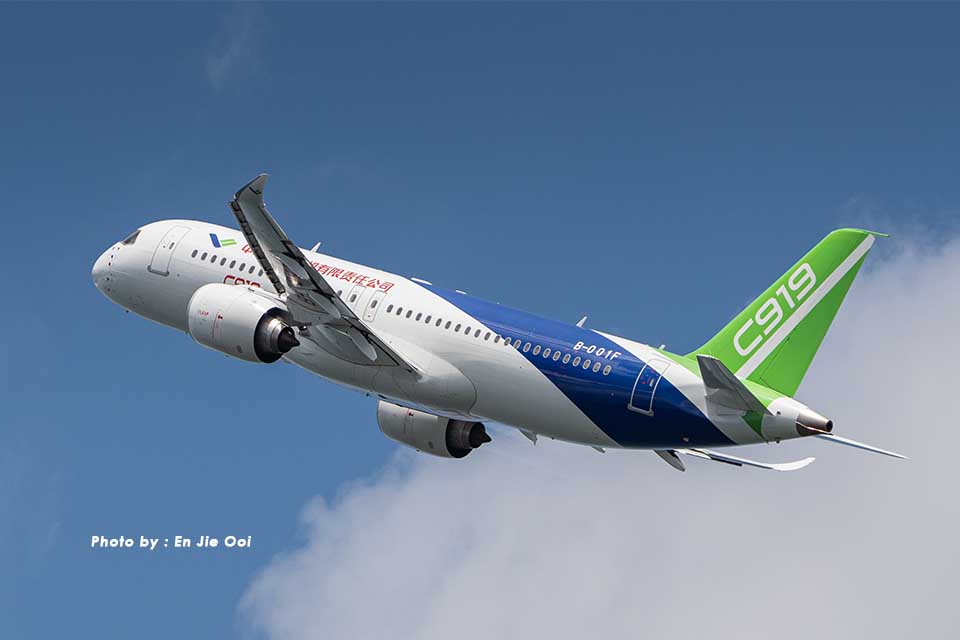
In a significant move reflecting China’s growing ambitions in the aviation industry, the state-owned Commercial Aircraft Corporation of China (COMAC) is set to expand its production facilities for the indigenous C919 jets in Shanghai.
This expansion comes in response to a surge in orders, signaling a significant milestone for China’s efforts to establish itself as a key player in the global aerospace market. According to reports from the China Aviation Planning and Design Institute (AVIC-CAPDI), a key contractor involved in the project.
COMAC has embarked on the second phase of the C919 large passenger aircraft batch production capacity construction project. The project, located in Pudong, Shanghai, boasts a substantial total construction area of 330,000 square meters.
The expansion project, as outlined by AVIC-CAPDI, primarily focuses on the construction of crucial infrastructure including an assembly plant, parts warehouse, and tarmac area. Such developments underscore COMAC’s commitment to ramping up manufacturing capabilities to meet the burgeoning demand for the C919 aircraft.
This move comes on the heels of major orders from leading Chinese carriers, including Air China and China Southern Airlines, each placing orders for 100 C919 jets. These substantial orders not only validate the growing confidence but also aim to challenge the dominance of industry giants Airbus and Boeing in the commercial aircraft market.
Despite primarily securing orders from Chinese airlines and aircraft lessors, the C919 has garnered significant traction, accumulating over 1,000 orders to date. Moreover, at the recent Fortune Innovation Forum held in Hong Kong, Ronald Lam, CEO of Cathay Pacific, hinted at the airline’s potential interest in adopting the C919 in the near future.
Airlines
Mid-Flight Chaos: Eva Air Flight Attendants Praised for Halting Brawl Over Seat Dispute
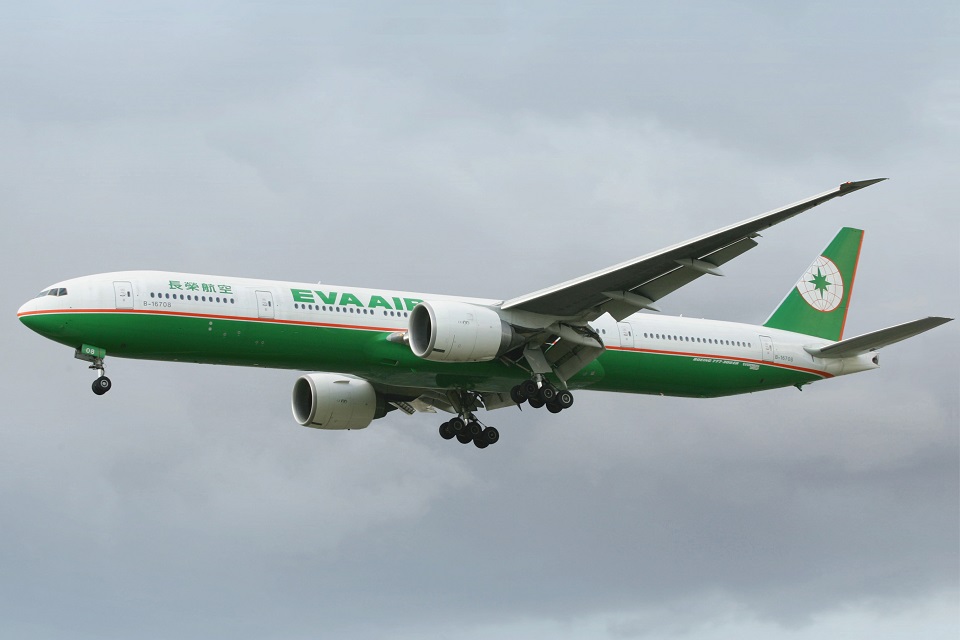
In a remarkable display of bravery and quick thinking, three female flight attendants from Eva Air have been lauded as heroes after diffusing a tense altercation between two male passengers aboard a flight from Taiwan to San Francisco.
The incident unfolded onboard EVA Air flight BR8 on May 7, just hours into the 11½-hour journey from Taiwan Taoyuan International Airport to San Francisco International Airport.
Reports suggest that the confrontation erupted over a seat dispute when one passenger sought to switch seats due to concerns over a neighbor’s coughing. In the ensuing chaos, the passenger who attempted to claim the seat was met with resistance from its original occupant, leading to a physical altercation.
Witnesses on the flight described a scene of escalating tension as one passenger attempted to strike the other, prompting the swift intervention of the cabin crew. Video footage shared on social media captured the moment when the flight attendants courageously stepped in to separate the brawling passengers, with one attendant holding back the assailant while others intervened to prevent further escalation.
Passenger Alex Pierce, who captured the incident on video, expressed his concern for the safety of the flight attendants amidst the chaos. Despite the volatile situation, the Eva Air crew remained composed and acted decisively to restore order on the aircraft.
Following the intervention of the flight attendants, the two unruly passengers were handed over to US law enforcement upon the flight’s arrival in California. Eva Air reiterated its zero-tolerance policy towards disruptive behavior and commended the crew for their exemplary response to the incident.
Airlines
Why do airplane tires cause smoke at touchdown?
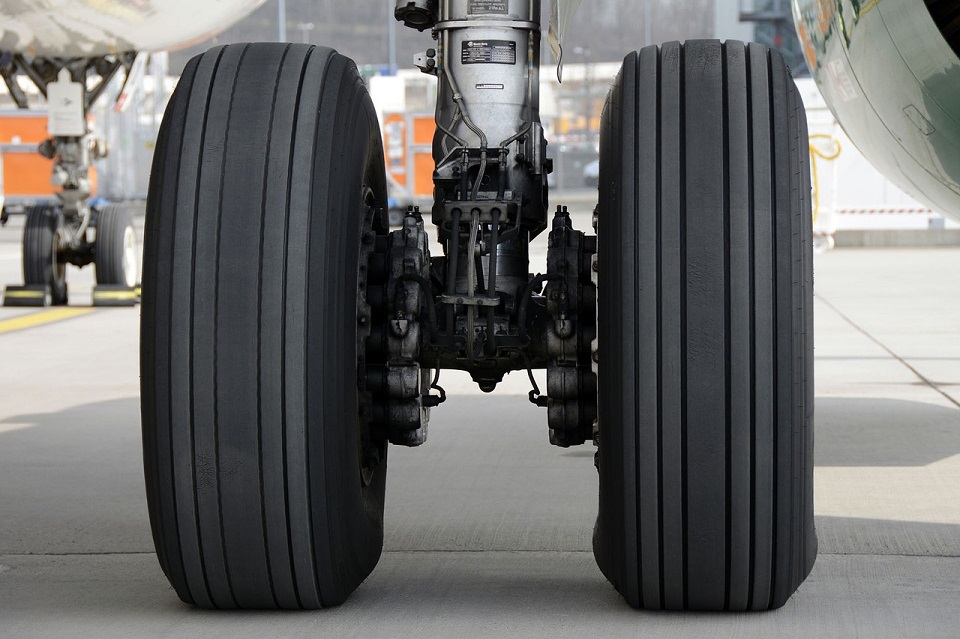
When an aircraft touches down during landing, the appearance of smoke is a common sight. This occurrence arises from a combination of factors related to the landing procedure and the characteristics of the tires themselves.
As the aircraft descends and prepares for touchdown, the tires are stationary. Upon contact with the ground, they rapidly accelerate from a standstill to an average speed of 240 to 260 km/h. This sudden burst of motion creates friction between the tires and the runway surface, resulting in the emission of smoke.
The smoke stems from the considerable heat generated by the friction between the rubber tires and the asphalt runway. This heat is sufficient to cause the rubber to almost vaporize, resembling the smoke produced when a bike tire skids against the road.
Several variables influence the intensity and occurrence of smoke during landings. The frequency of landings a tire experiences within a specific timeframe, such as within 24 hours, impacts its level of wear and tear. Airlines rigorously inspect tire conditions before each flight, promptly replacing them if any damage or signs of deterioration are detected to uphold safety standards.
The design and resilience of aircraft tires are influenced by the type of aircraft and its operational demands. For example, the tires used on an Airbus A330-200 differ in composition and load capacity compared to those designed for conventional automobiles. Furthermore, environmental factors such as runway temperatures and altitude variations contribute to tire performance.
Aircraft tires are meticulously engineered to endure the demanding conditions of takeoff and landing. They incorporate multiple layers of nylon for reinforcement and a wire core to prevent slippage on the rim. Moreover, these tires are filled with nitrogen, offering superior properties compared to conventional compressed air for aviation purposes.



